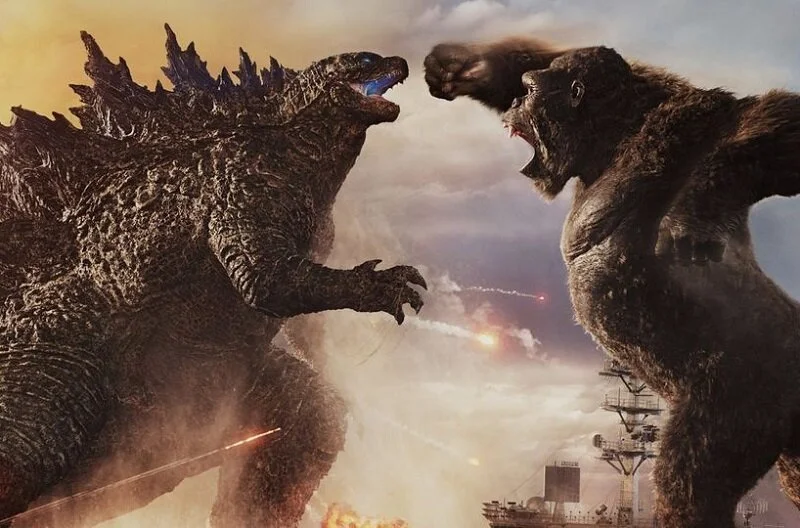What Happened to All the People in Pixar's Cars?
Cars (2006). Image courtesy of Pixar.
The Incredibles dared to take us out of pure animated fantasy and into a recognizably human world in order to riff on the super hero genre, Pixar’s next film did a complete one-eighty. Cars, released in 2006, actually has no human beings in it at all, which has prompted outlets like Vulture to ponder whether or not the film takes place in a post-apocalyptic world after cars gain sentience and kill all of the humans.
The reason Cars elicits such entertaining side chatter is probably because the film itself, as a whole, is not that great and the most interesting thing about it is whether the sentient toys from Toy Story evolved into vehicular form and took their ultimate revenge on their fleshbag masters. Don’t get me wrong, Cars was and continues to be a financially lucrative piece of IP. Kids, for one, apparently love it. I think the heavy inclusion of Larry the Cable Guy voicing a redneck tow truck also serves as an embarrassing reminder of where we, as a country, were in 2006 and we’re all eager to memory hole that shit.
Cars follows the Pixar Template, using animation to plunge us into a full-on fantasy world populated only by talking cars. The characters and the story aren’t as full-bodied or interesting as Pixar’s best stuff, and it has none of the clever subversiveness of The Incredibles. It’s a solid, if not terribly memorable film, not unlike A Bug’s Life in that way. And, like A Bug’s Life, one of the more interesting things about Cars is the corporate drama that played out in the background.
When Cars was released, Pixar was feuding with its corporate partner Disney as they were nearing the end of a distribution deal and were arguing about how to move forward. Disney apparently owned all the story rights to Pixar’s stable of mega-successful animated blockbusters, a deal that no doubt seemed better before Pixar was a proven property and it needed the financial lifeline Disney was offering. But now that Pixar was bigger than Elvis, and basically minting blockbusters annually like clockwork, Steve Jobs wasn’t happy with those terms. There is speculation that the release of Cars was even delayed in order to create some bargaining leverage during the negotiations.
In the end, Disney purchased Pixar for $7.4 billion in the beginning of 2006. A few months later, Cars was released into theaters. And really, it kind of seems like a film that was made without a clear sense of direction, perhaps owing to the contentious corporate negotiations going on during its production and for which it was apparently used as a pawn (Cars was the last film Pixar was contractually obligated to deliver to Disney under their original distribution contract). It’s like when your parents are going through a divorce; even nice, smart, well-adjusted kids can struggle under that kind of baggage.
Co-director Joe Ranft, part of Pixar’s original creative brain trust, also died tragically in a car accident in 2005. The film would have been pretty advanced in production by that point, but I’m sure that didn’t help it find a sense of direction. For all of these reasons, I think Cars ultimately ends up feeling a little bit confused, lacking the same clarity of vision and drive as most of its predecessors.
And this take is further reinforced when we look at the three films that came after it: Ratatoullie, WALL-E and Up, which are some of the best films Pixar ever made. Disney gets a bad rap sometimes, but in this case it seems clear that clearing up the leadership and corporate structure and vision issues that were hanging over Cars cleared the way for Pixar to reach some of its greatest heights as a studio.






